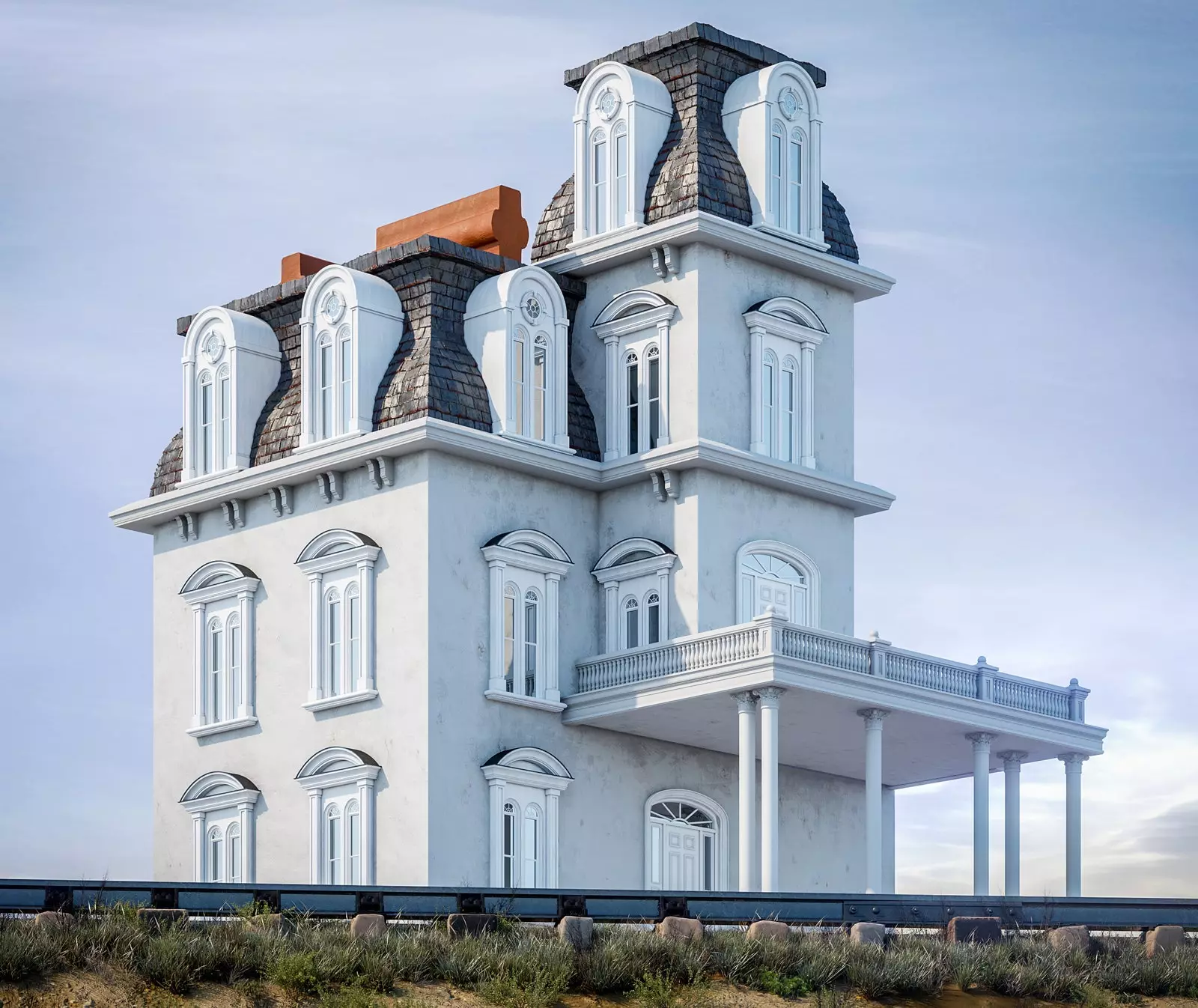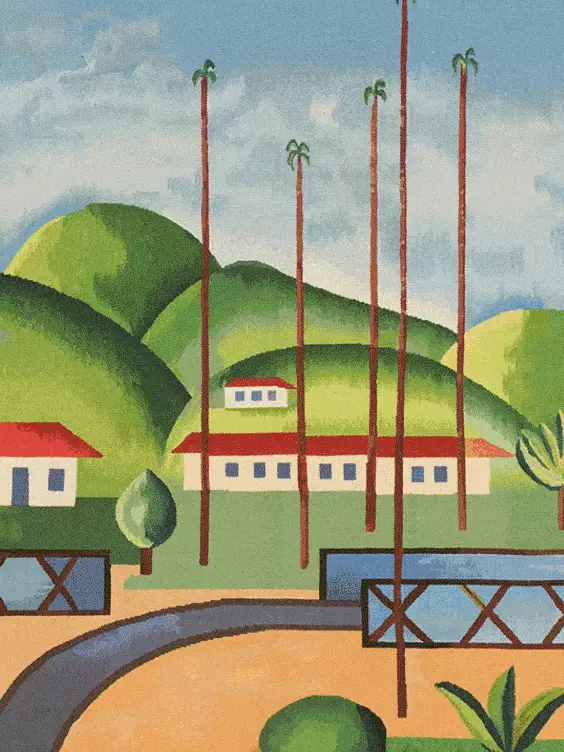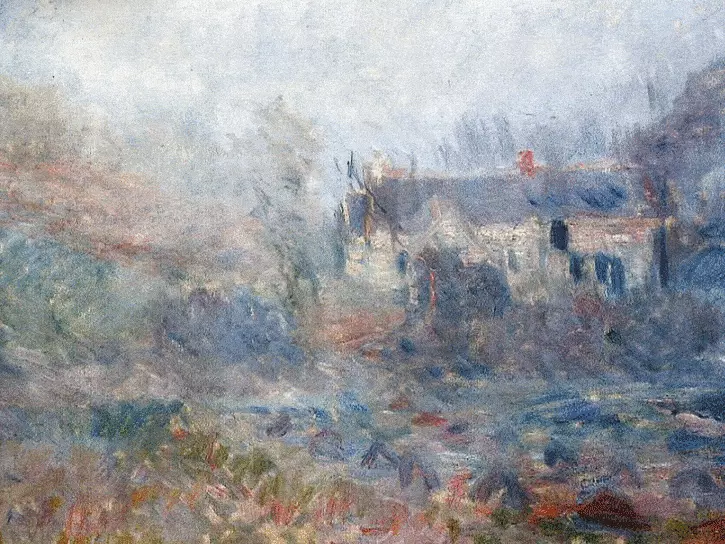
What would the buildings that our favorite artists portrayed look like?
When we talk about art, we also talk about subjectivity . It is about the way that one person, or several, makes us understand their world. Only artists know what their works hide , what was really before their eyes, and can be very different from what they transmit to us.
So it is with painting. Although only its creators know its true meaning, The starry night, The kiss, Las meninas... represent the translation of its universe and environment , as an act of solidarity towards those who would later be its spectators.
HomeAdvisor, in a tribute to architecture and to those who wanted to portray her, she has created a project with the purpose of inspiring owners and tenants. A) Yes, selected some famous paintings and simulated what they would look like in real life , creating a new way to interpret them: from art galleries to our own homes.

Another way of traveling through the eyes of an artist.
FROM PAINTING TO PHOTOGRAPHY
Like people, the buildings have been protagonists in the painting On numerous occasions. In fact, they are capable of keeping secrets even deeper than a portrait. The public is expectant before a construction that cannot be accessed and, therefore, you can only trust the artist and his imagination.
These types of paintings have long served as inspiration for architects. They almost represent a trip in time, help professionals to observe what those buildings were like, their techniques and design . The rest of us limit ourselves to admiring the work and dreaming through it. In this way, the idea of bring these famous buildings to life, to imagine what they would be like if they had not been paintings.

Suddenly, colors and shapes come to life to form idyllic settings.
THE WORKS
For the project, the paintings of well-known artists were analyzed , among those who managed to distinguish up to eight different buildings . Thus, small snowy houses, cabins, and even churches suddenly become photographs that leave the brush aside to transform into constructions that exude beauty in every corner.
First, they have chosen Snowy Night in Kanbara, by Utagawa Hiroshige . This work belongs to the series The Fifty-Three Stations of Tōkaidō, a set of woodcuts recounting the artist's first journey in 1832. This painting is practically imaginary, since it does not usually snow in this region , but the result is a postcard composed of small houses covered in snow , waiting to be melted by the first rays of the sun.
Thus, we are discovering the double bottom of some works such as House by the Railroad, by Edward Hopper, which happens to be a Victorian house preceded by railroad tracks . In this way, the tracks seem to impede visual access to the house and the house, in the middle of nowhere, recreates Hopper's identity, creating an environment that is calm and charged in equal parts.
A succession of "photographs" put different scenes before the viewer's eyes, the way in which two artists see a country house, as the gloom of Van Gogh's hut, the color, the light and the flowers that surround Monet's in House at falaise in fog, or the idyllic landscape of Bob Ross in Little house by the road.

Artists from all over the world explain their environment through the brush.
Different styles approached by artists from all over the world. The white houses of Taos, in New Mexico , in which the role of women is fundamental, in Taos storytellers, by R.C Gorman; the scene with Brazilian overtones of Tarsila do Amaral in Palmeiras , or the portrait of faith in a church in Zebegèry, Hungary, in the work of Amrita Sher-Gil.
Shapes, designs, lines and colors run through these works that escape the brush to get in front of the lens , forming prints that bring us closer to their artists. This project supposes a trip around the world hand in hand with these creators who perceived their environment in ways as disparate as their works demonstrate.

This is how these buildings are, the imagination to know what they are like inside is up to us.
